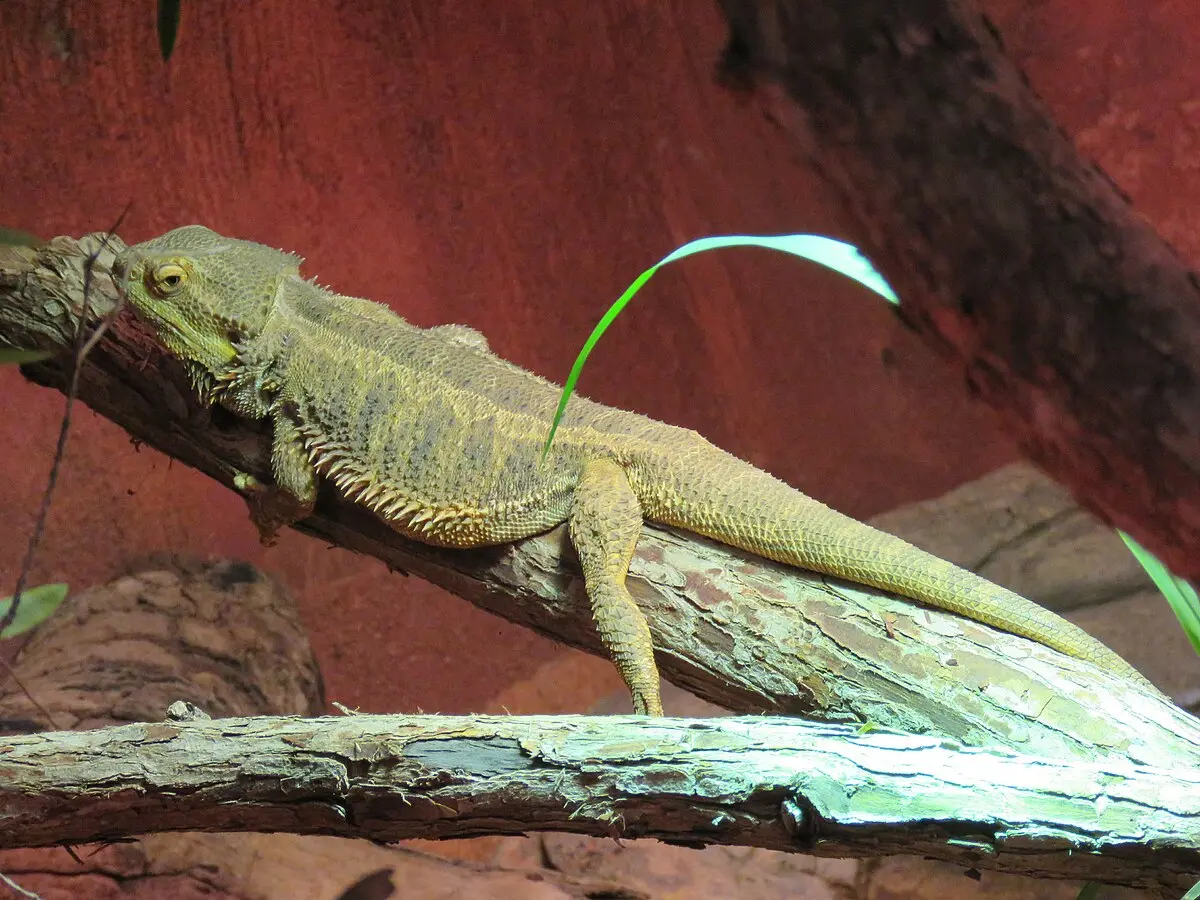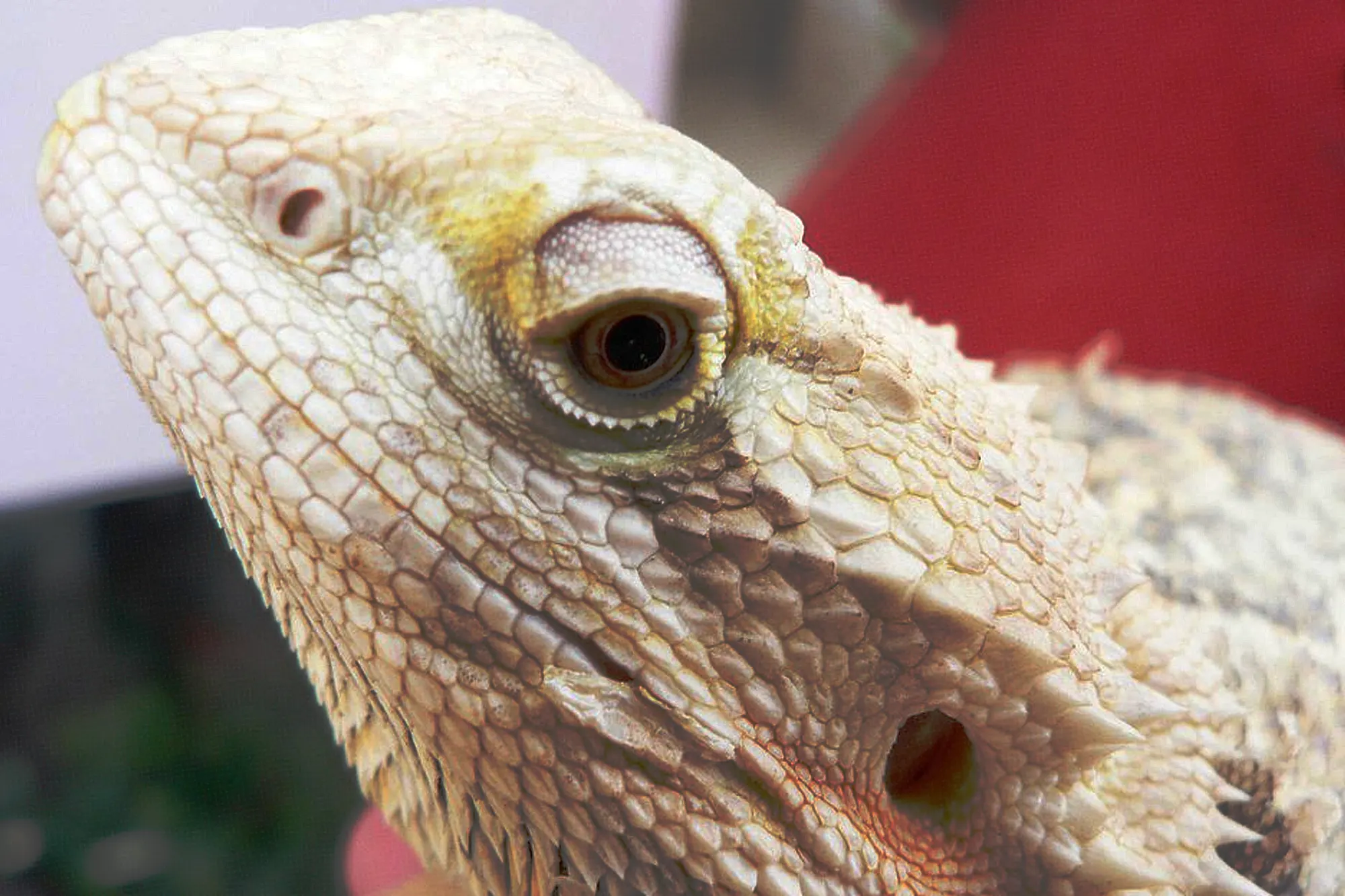As a bearded dragon owner, knowing about possible health issues is essential to keeping your pet happy and healthy. One such health problem is Metabolic Bone Disease (MBD).
In this blog post, we will discuss what Metabolic Bone Disease is, its causes, symptoms, prevention, and treatment options for bearded dragons. Our goal is to provide all the information necessary for you to take care of your pet properly.
What is Metabolic Bone Disease in Bearded Dragons?
Metabolic Bone Disease (MBD) is a common and severe health condition that can affect bearded dragons. It’s primarily caused by an imbalance of calcium, phosphorus, and vitamin D3. This imbalance results in the weakening of the dragon’s bones, which can lead to deformities, fractures, and other health issues.
Causes of Metabolic Bone Disease
Several factors contribute to the development of MBD in bearded dragons. Some of these include:
- Poor nutrition: A diet lacking in calcium, or an imbalanced calcium and phosphorus ratio, can lead to MBD.
- Lack of natural sunlight or UVB exposure: Bearded dragons require UVB light to synthesize vitamin D3, which aids the absorption of calcium. Inadequate UVB exposure will affect the dragon’s ability to absorb calcium, leading to MBD.
- Inadequate supplementation: Failing to provide the appropriate supplements (calcium and vitamin D3) can lead to MBD in bearded dragons.
Symptoms of Metabolic Bone Disease

It’s essential to recognize the signs of MBD in a bearded dragon early to intervene and provide proper treatment. Some common symptoms include:
- Weakened limbs: Difficulty in using limbs, or limbs appearing swollen or even twisted.
- Loss of appetite: Affected bearded dragons may show a decreased appetite or stop eating altogether.
- Swollen or oversized jaw: Known as “rubber jaw,” this symptom occurs when the lower jaw weakens due to MBD, causing it to become swollen.
- Curled or deformed tail: When affected by MBD, the tail may become stiff, curled, or bent in unnatural ways.
- Lethargy: Bearded dragons with MBD may be less active and display signs of fatigue.
Prevention of Metabolic Bone Disease
Preventing Metabolic Bone Disease (MBD) in bearded dragons is essential for ensuring their health and longevity. You can follow these steps:
1. Proper Diet
Feeding your bearded dragon a balanced diet is crucial for preventing MBD. Here are some essential components of a well-rounded bearded dragon diet:
- Variety: Offer an assortment of insects, vegetables, and fruits to ensure your bearded dragon receives the necessary nutrients.
- Calcium-to-phosphorus ratio: A balanced calcium-to-phosphorus ratio (ideally 2:1) is crucial for preventing MBD. Most insects have more phosphorus, so dust them with a calcium supplement to correct this imbalance.
- High-calcium foods: Include calcium-rich foods, such as collard greens, mustard greens, and dandelion greens, in their regular diet.
- Avoid high-phosphorus foods: Limit or avoid phosphorus-rich foods, like spinach, broccoli, and beans, as they can contribute to an imbalanced calcium-to-phosphorus ratio.
2. UVB Lighting
UVB lighting is crucial for enabling bearded dragons to synthesize vitamin D3, which in turn aids calcium absorption. To ensure adequate UVB exposure:
- Use a high-quality UVB bulb: Invest in a reliable UVB bulb, like the mercury vapor or linear fluorescent bulbs, designed specifically for reptiles.
- Replace UVB bulbs regularly: UVB bulbs lose their potency over time. Replace them every six months to ensure your bearded dragon receives sufficient UVB light.
- Proper positioning: Place the UVB light source within 12-18 inches of the basking area to allow efficient absorption.
- Provide exposure: Allow your bearded dragon to bask in direct, unfiltered sunlight when possible, as natural sunlight is the best source of UVB.
3. Supplementation
Using dietary supplements can offer additional protection against MBD:
- Calcium supplements: Dust your bearded dragon’s insect meals with a calcium powder to ensure a balanced calcium-to-phosphorus ratio.
- Vitamin D3 supplements: If your bearded dragon cannot bask in natural sunlight, use a vitamin D3 supplement in addition to UVB lighting.
- Multivitamins: Offer a high-quality reptile multivitamin every 1-2 weeks for juveniles and every 2-4 weeks for adults to ensure they receive all necessary nutrients.
4. Regular Veterinary Check-Ups
Regular visits to a reptile veterinarian are crucial in early detection and prevention of MBD:
- Routine check-ups: Schedule veterinary visits every six months for adults and more frequently for juvenile bearded dragons to monitor their overall health.
- Blood tests: Request blood tests to assess calcium and vitamin D3 levels. This can help identify early signs of an imbalance and help prevent MBD.
- Ask questions: Consult with your veterinarian about any concerns or issues related to your bearded dragon’s health, diet, or care.
5. Proper Habitat Management
Enabling your bearded dragon to remain active and healthy within their habitat contributes to MBD prevention:
- Enclosure size: Provide a spacious enclosure that allows for adequate movement, basking, and hiding areas.
- Proper temperature gradients: Ensure correct temperature gradients within the enclosure to facilitate efficient digestion and overall comfort.
- Cleanliness: Maintaining a clean environment is vital for preventing diseases, infections, and stress, which can contribute to the onset of MBD.
By following these in-depth prevention strategies, you can significantly reduce the risk of your bearded dragon developing Metabolic Bone Disease and ensure a happier, healthier life for your pet.
Treatment Options for Metabolic Bone Disease
If you suspect your bearded dragon is suffering from MBD, consult a reptile vet immediately. Treatment may include:
- Dietary changes: Correcting the dragon’s diet by providing appropriate calcium, phosphorus, and vitamin D3 levels.
- UVB light exposure: Ensuring adequate exposure to UVB light for proper synthesis of vitamin D3.
- Supplements: Administering supplements as prescribed by the veterinarian to restore the calcium-phosphorus balance.
- Supportive care: Providing pain relief, managing fractures, and ensuring proper hydration during treatment.
Keep in mind that severe cases of MBD may require extensive medical intervention and supportive care.
Conclusion
Metabolic Bone Disease is a severe health issue that can affect bearded dragons. It is crucial to recognize the symptoms early and seek professional intervention for the best possible outcome.
Prevention is the best treatment, so be sure to provide your bearded dragon with a balanced diet, adequate UVB exposure, and proper supplementation. Stay informed and be proactive in giving your bearded dragon a healthy and happy life.
